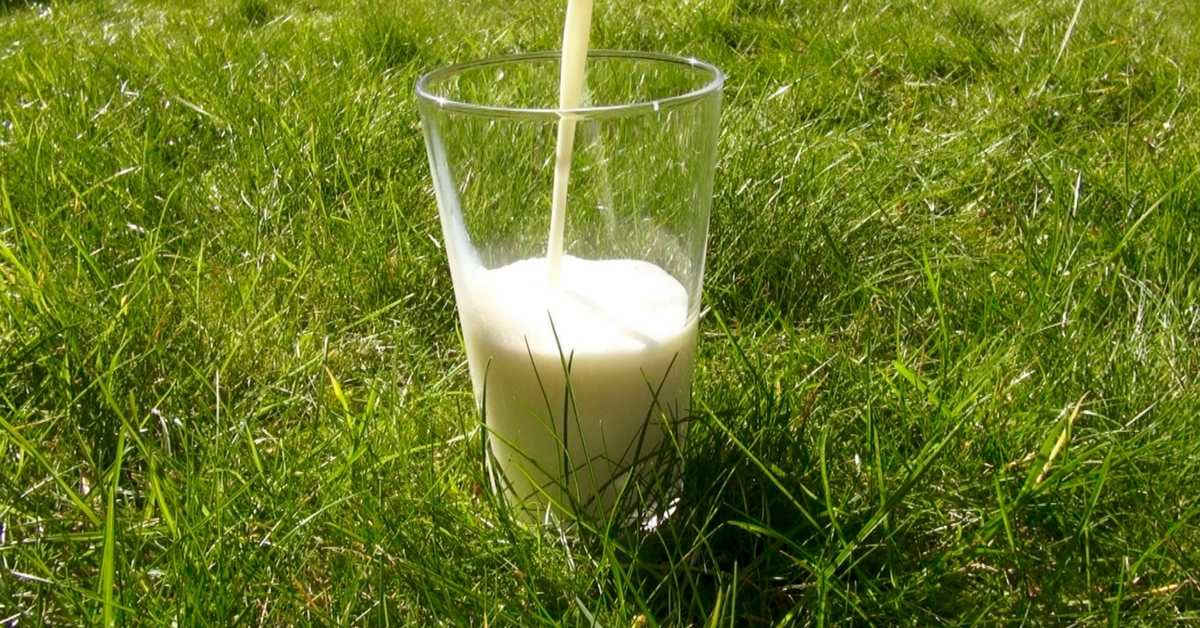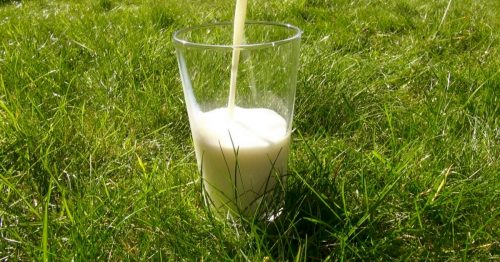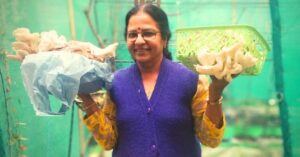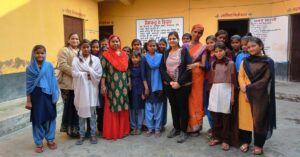This Hand-held Device Will Identify Adulterated Milk in Less Than a Minute
In an attempt to prevent the consumption of spurious milk, the Council of Scientific and Industrial Research (CSIR), has made a device called the Ksheer Tester, which can measure contaminants such as urea, salt, detergent, soap, soda, boric acid and hydrogen peroxide in milk through a single-button operation.

The Indian dairy market is notorious for selling adulterated milk. Over the years multiple surveys have proved the legitimacy of the claims, stating that more than half the milk consumed in India is contaminated.
While the concentration of adulteration is more up North than in the South, the problem exists across the country.

In an attempt to prevent the consumption of spurious milk, the Council of Scientific and Industrial Research (CSIR), has made a device called the Ksheer Tester, which can measure contaminants such as urea, salt, detergent, soap, soda, boric acid and hydrogen peroxide in milk through a single-button operation.
The handheld tester for domestic users takes less than a minute to show the results and costs less than Rs 5000, the Times of India reported.
The hand-held milk testing device (Ksheer Tester) has system capabilities comparable to those developed earlier by the CSIR for dairy cooperatives.
A costlier version of the Ksheer Testers is already in use at dairies across Goa, Gujarat, Jammu & Kashmir, Kerala, Maharashtra, Punjab, Rajasthan, Uttar Pradesh, and West Bengal.
The device along with a waterless chrome tanning technology for processing raw hides and skins – was released by President Ramnath Kovind on the occasion of the foundation’s platinum jubilee celebration.
The ‘waterless chrome tanning technology’ will be used to reduce the chromium pollution load in wastewater released by tanneries. It will be deployed at 2000 tanneries across the country.
You may also like: With a Can of Milk and Determination, This 19-Year-Old Is Funding Her Own Dreams
But perhaps the most heartening moment of the evening was the President’s appeal to the country and the scientific community to encourage the participation of women in the field of research and development.
Acknowledging the skewed participation of women in science, Kovind said “accelerated steps” need to be taken and added, “I must point out here that none of our developmental goals has any meaning without gender parity and without equal opportunities for our daughters and girl-children,” ToI reported.
Like this story? Or have something to share?
Write to us: [email protected]
Connect with us on Facebook and Twitter.
NEW: Click here to get positive news on WhatsApp!
This story made me
-
97
-
121
-
89
-
167
Tell Us More
We bring stories straight from the heart of India, to inspire millions and create a wave of impact. Our positive movement is growing bigger everyday, and we would love for you to join it.
Please contribute whatever you can, every little penny helps our team in bringing you more stories that support dreams and spread hope.



















